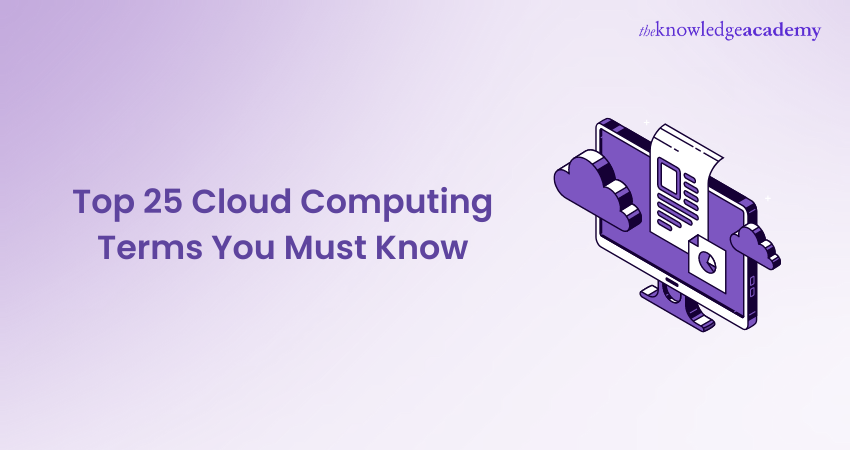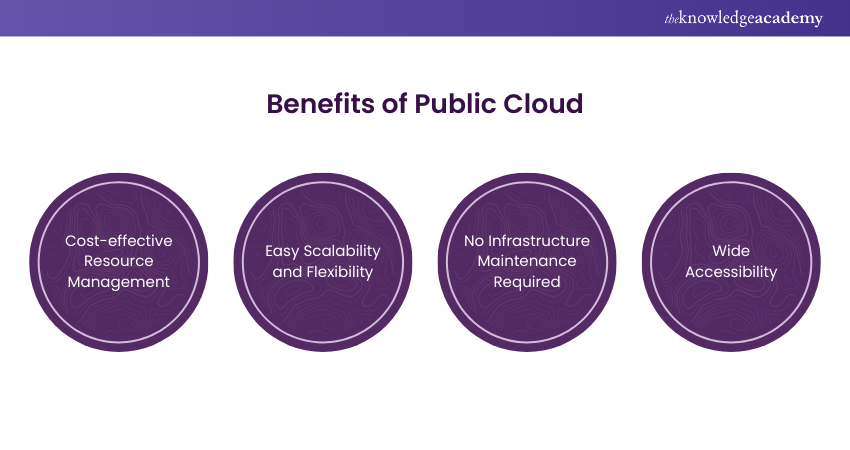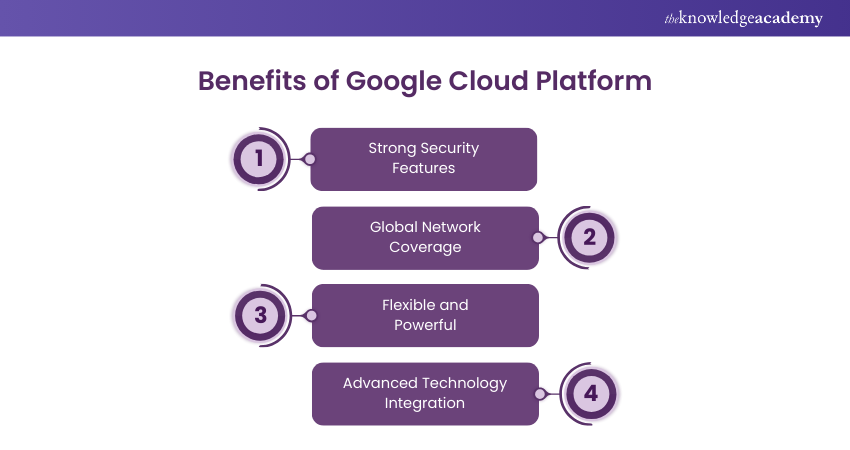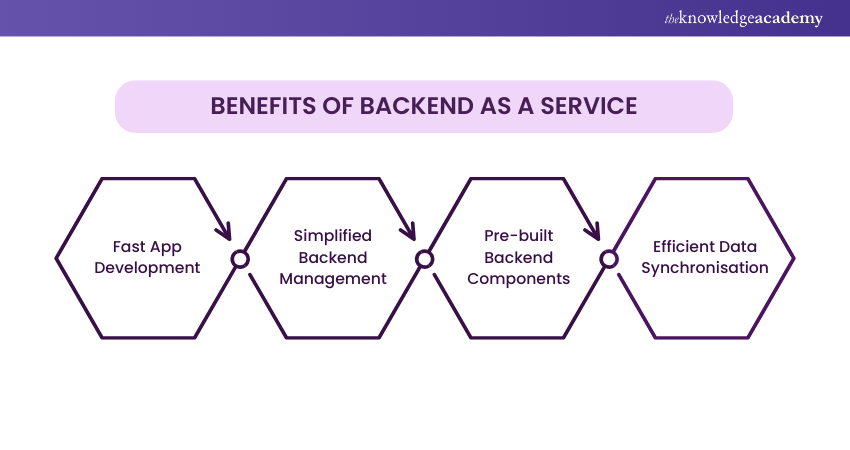We may not have the course you’re looking for. If you enquire or give us a call on 01344203999 and speak to our training experts, we may still be able to help with your training requirements.
We ensure quality, budget-alignment, and timely delivery by our expert instructors.

Understanding the fundamentals of Cloud Computing can be straightforward, especially when you begin with the basics. Getting acquainted with essential Cloud Computing Terms is the first step towards mastering this transformative technology. Whether you’re a beginner or looking to expand your knowledge, familiarising yourself with concepts like Microsoft Azure, Public Cloud, and AWS can significantly enhance your learning journey. In addition, keeping an eye on the future of Cloud Computing will help you stay ahead of emerging trends and innovations in the field.
In this blog, we break down these key Cloud Computing Terms, explaining their functions and importance. By the end, you’ll have a robust foundation to delve deeper into the world of Cloud Computing.
Table of Contents
1) What is Cloud Computing?
2) Most-important Cloud Computing Terms
a) Virtualisation
b) Infrastructure as a Service (IAAS)
c) Platform as a Service (PaaS)
d) Software as a Service (SaaS)
e) Public Cloud
f) Private Cloud
g) Hybrid Cloud
h) Big Data
i) Load Balancing
3) Conclusion
What is Cloud Computing?
Cloud Computing is the on-demand delivery of various computing services over the internet. These services include servers, storage, databases, networking, software, and analytics. Instead of relying on local storage devices or proprietary hard drives, Cloud Computing allows users to save and access data remotely.
Here are some key points about Cloud Computing:
a) On-demand Access: Users can access computing resources as needed without direct management.
b) Remote Storage: Files and data can be stored on remote servers, making them accessible from anywhere with an internet connection.
c) Cost Efficiency: It often reduces the need for expensive hardware and maintenance, as users only pay for the resources they use.
d) Scalability: Resources can be scaled up or down based on demand, providing flexibility and efficiency.
e) Popular Platforms: Examples include Google Drive, Dropbox, OneDrive, and Box.
Cloud Computing is widely used by both individuals and businesses for its benefits in cost savings, productivity, speed, performance, and security.
Most-important Cloud Computing Terms
Here are the top 25 Cloud Computing Terms:
1) Virtualisation
Virtualisation technology enables the creation of virtual versions of servers, storage, networks, and other physical devices. By using virtualisation software, the functions of physical hardware are emulated, allowing multiple virtual machines to operate concurrently on a single physical machine.
This approach helps businesses maximise their hardware utilisation and achieve higher returns on their investments. Additionally, virtualisation is a key component of Cloud Computing services, enhancing the efficiency of infrastructure management for organisations.
2) Infrastructure as a Service (IaaS)
IaaS provides on-demand infrastructure resources via the cloud, including computing, storage, networking, and virtualisation. Organisations don’t need to manage, maintain, or update their own data centre infrastructure. However, they are responsible for the Operating System, middleware, Virtual Machines, and any applications or data.
3) Platform as a Service (PaaS)
PaaS delivers and manages all the hardware and software resources required to develop applications through the cloud. Developers and IT operations teams can develop, run, and manage applications without maintaining the infrastructure or platform. The cloud service provider manages and maintains the environment for building and deploying apps while customers handle the code, data, and applications.
4) Software as a Service (SaaS)
SaaS provides a complete cloud-based application that customers can access and use. The service provider fully manages SaaS products, including updates, bug fixes, and overall maintenance. Most SaaS applications are accessed directly through a web browser, eliminating the need for customers to download or install anything on their devices.
5) Public Cloud
Public clouds are cloud environments created from IT infrastructure that is not owned by the end user. Major public cloud providers include Alibaba Cloud, Amazon Web Services (AWS), Google Cloud, IBM Cloud, and Microsoft Azure. Traditionally, public clouds operated off-premises, but now they also offer services on clients’ on-premise data centres, making location and ownership distinctions obsolete.
Public clouds are characterised by partitioning and redistributing environments to multiple tenants. Fee structures are not a defining feature, as some providers, like the Massachusetts Open Cloud, offer free usage. The underlying IT infrastructure can be sold as Infrastructure as a Service (IaaS) or developed into a Platform as a Service (PaaS).

They are cost-effective and can easily scale to meet the needs of businesses. Examples of public cloud providers include AWS, Microsoft Azure, and Google Cloud.
6) Private Cloud
Private clouds are dedicated cloud environments for a single user or group, typically running behind a firewall. They can be sourced from on-premise IT infrastructure or rented, vendor-owned data centres off-premises. This flexibility has led to various subtypes:
a) Managed Private Clouds: Deployed, configured, and managed by third-party vendors, ideal for enterprises with limited IT resources.
b) Dedicated Clouds: A cloud within another cloud, which can exist on public or private clouds. For example, an accounting department might have its own dedicated cloud within the organisation’s private cloud.
7) Hybrid Cloud
Hybrid clouds combine multiple environments connected through LANs, WANs, VPNs, and/or APIs. They may include:
a) At least one private and one public cloud
b) Multiple private clouds
c) Multiple public clouds
d) A bare-metal or virtual environment connected to at least one cloud
Hybrid clouds allow apps to move between separate yet connected environments, managed as a single entity using integrated management and orchestration platforms.
8) Multi-cloud
Multiclouds involve more than one cloud service from multiple vendors, either public or private. All hybrid clouds are multiclouds, but not all multiclouds are hybrid clouds. Multiclouds become hybrid clouds when integrated or orchestrated. They can be intentional for better data control or redundancy, or accidental due to shadow IT. Multiclouds enhance security and performance through diverse environments.
9) Elasticity
Elasticity is the capability of a cloud system to adjust resource allocation automatically to meet changing workloads in real-time. This dynamic scaling ensures that applications and services can handle sudden spikes in demand without manual intervention. Elasticity is a key factor in delivering a seamless user experience.
10) Load Balancing
Load balancing spreads out network or application traffic across servers to prevent any one server from getting overloaded. It helps enhance the performance of applications by spreading the workload evenly. Load balancers can automatically redirect traffic to healthier servers if one fails, ensuring high availability and uptime.
In Cloud Computing, load balancing is essential for managing large amounts of data and traffic, especially for applications with many users. It ensures that resources are used efficiently and that users experience minimal downtime. By balancing the load, businesses can maintain smooth and fast services even during peak usage times.
11) Virtual Machine (VM)
A VM is software that acts like a real computer, running an Operating System and applications just like a physical machine would. VMs are created through virtualisation, which allows different VMs to run on a single physical machine. Each VM operates independently, with its own resources like CPU, memory, and storage.
It is used in Cloud Computing to provide scalable, on-demand computing resources. They allow businesses to run different applications on the same hardware, saving costs and improving efficiency. VMs can be easily created, modified, or deleted, making them a flexible option for various computing needs.
Learn the skills for troubleshooting with our Microservices Architecture Training – Join today!
12) Application Programming Interface (API)
APIs are essential for defining how software components interact with each other. They facilitate integration and process automation in Cloud Computing. APIs allow various applications and services to communicate and share data, enabling the development of complex, interconnected systems.
13) Data Migration
Data migration is the process of moving data from one location to another. In the context of Cloud Computing, it often involves transferring data from on-premises data centres to the Cloud. Proper data migration is crucial for maintaining data integrity and accessibility during the transition to Cloud environments.
14) Data Backup and Recovery
Data backup creates copies of data for safekeeping, while data recovery involves restoring data in case of loss or corruption. Cloud services offer strong data backup and recovery solutions, safeguarding against data loss, data corruption, and other unexpected incidents.
15) Service Level Agreement (SLA)
SLAs are contractual agreements that specify the level of service a cloud provider guarantees to customers. They typically cover aspects such as uptime, performance, security, support, and other service-related commitments. SLAs provide customers with assurance regarding the quality and reliability of Cloud services.
16) Zero Trust Security Model
The zero trust security model is a modern approach to security that assumes no one, whether inside or outside the organisation, can be trusted. It emphasises continuous verification of users and devices, ensuring that only authorised and authenticated entities have access to resources. This model is crucial for protecting cloud environments from insider and outsider threats.
17) Cloud Security Posture Management (CSPM)
CSPM tools play a key role in maintaining a secure cloud environment. They continuously monitor cloud configurations, identify potential security issues, and provide alerts and recommendations to improve the security posture. CSPM solutions are essential for proactive security management in the cloud.
18) DevOps
It is a set of practices that integrates Software Development (Dev) and IT operations (Ops) to optimise the way applications are developed, deployed, and managed in the cloud. It focuses on automating and integrating processes between development and operations teams, allowing for faster and more reliable software releases.
By using DevOps in cloud environments, businesses can take full advantage of cloud scalability, improve resource management, and quickly adapt to changing customer needs and market demands. This leads to more efficient use of cloud resources and enhanced agility in delivering cloud-based applications and services.
19) Google Cloud Platform
Google Cloud Platform (GCP) is a set of Cloud Computing services provided by Google. It runs on the same infrastructure that powers Google's products like Google Search and YouTube.
It provides different services, including computing, storage, and Machine Learning, allowing businesses to build, deploy, and scale applications on the cloud. It’s a flexible and powerful platform that supports various programming languages and tools.

GCP is known for its strong security features, global network, and integration with other Google services. Businesses use GCP to host websites, run applications, analyse data, and much more, benefiting from Google’s advanced technology and infrastructure.
20) Big Data
Big Data means the huge amounts of data created every day from sources like social media, sensors, and transactions. This data is large and complex, and traditional data processing tools can’t handle it effectively. Big Data technologies allow businesses to store, process, and analyse large datasets to uncover patterns, trends, and insights that can inform decision-making.
In Cloud Computing, Big Data is managed using distributed systems that can scale to handle massive amounts of information. Analysing Big Data helps companies make better decisions, predict trends, and improve products and services. Popular Big Data tools include Hadoop, Spark, and Google BigQuery.
21) Cloud Provider
A Cloud Provider is a company that offers Cloud Computing services to businesses and individuals on the web. These services can include infrastructure, platforms, and software that are hosted in the provider’s data centres. Cloud providers manage the hardware and software necessary to support cloud-based applications and services, allowing customers to access computing resources on demand.
This minimises the need for businesses to invest in and maintain their own data centres. Popular cloud providers include Amazon Web Services (AWS), Microsoft Azure, and Google Cloud Platform. By using a cloud provider, businesses can scale their operations quickly, reduce costs, and focus on their core activities.
22) Amazon Web Services (AWS)
AWS is a Cloud Computing platform that Amazon provides. It offers different services, including computing power, storage, databases, Machine Learning, and analytics. AWS allows businesses to build and run applications in the cloud, with the ability to scale up or down based on demand. It’s known for its reliability, security, and global reach, making it a popular choice for companies of all sizes.
AWS offers pay-as-you-go pricing, meaning businesses only pay for the resources they use. It’s used by millions of customers worldwide, including startups, enterprises, and government agencies.
23) Microsoft Azure
It is a Cloud Computing platform and service provided by Microsoft. It offers different cloud services, including computing, analytics, storage, and networking. Businesses can use Azure to build, deploy, and manage applications through Microsoft-managed data centres.
It supports different programming languages, frameworks, and tools, making it a flexible option for developers. It’s integrated with other Microsoft products, such as Windows Server, SQL Server, and Office 365. It provides a perfect experience for businesses already using Microsoft technologies. Azure’s global network of data centres ensures high availability and performance for applications and services.
24) Backend as a Service (BaaS)
BaaS is a Cloud Computing service model that offers developers a ready-to-use backend infrastructure that includes databases, authentication, and cloud storage. With BaaS, developers can focus on building the front end of their applications while the back end is managed by the service provider.
It simplifies app development by providing pre-built backend components that can be integrated with the front end. This allows for faster development and deployment of apps.

BaaS is used in mobile and web applications, offering features like user management, push notifications, and data synchronisation. Popular BaaS providers include Firebase, AWS Amplify, and Backendless.
25) Middleware
Middleware is software that connects the Operating System with the applications on a computer, helping them communicate and share data. It acts as a bridge that connects different software components, enabling them to work together. In Cloud Computing, middleware is used to manage communication between distributed applications and services. It simplifies the development of complex applications by handling tasks like messaging, authentication, and data management.
Middleware is essential for integrating different systems and ensuring that applications can interact efficiently. Examples of middleware include web servers, application servers, and message brokers.
Learn the basics of Cloud Computing with our Cloud Computing Training – Join today!
Conclusion
We hope you read and understand everything about Cloud Computing Terms. Understanding these terms is vital for harnessing the full potential of the Cloud's transformative power. These terms are essential knowledge for IT professionals, businesses, and individuals looking to leverage the benefits of cloud technology.
Elevate your job prospects with our OpenStack Administration Training – Join today!
Frequently Asked Questions
What are the Five Pillars of Cloud Computing?

The five pillars of Cloud Computing are security, cost optimisation, reliability, performance efficiency, and operational excellence. These principles help ensure that cloud services are secure, efficient, and reliable while optimising costs and enhancing overall performance.
What are the 6 R's of Cloud Computing?

The 6 R's of Cloud Computing are Rehost, Refactor, Revise, Rebuild, Replace, and Retire. These are strategies used to migrate applications and workloads to the cloud, depending on the specific needs and goals of the business.
What are the Other Resources and Offers Provided by The Knowledge Academy?

The Knowledge Academy takes global learning to new heights, offering over 3,000 online courses across 490+ locations in 190+ countries. This expansive reach ensures accessibility and convenience for learners worldwide.
Alongside our diverse Online Course Catalogue, encompassing 19 major categories, we go the extra mile by providing a plethora of free educational Online Resources like News updates, Blogs, videos, webinars, and interview questions. Tailoring learning experiences further, professionals can maximise value with customisable Course Bundles of TKA.
What is The Knowledge Pass, and How Does it Work?

The Knowledge Academy’s Knowledge Pass, a prepaid voucher, adds another layer of flexibility, allowing course bookings over a 12-month period. Join us on a journey where education knows no bounds.
What are Related Courses and Blogs Provided by The Knowledge Academy?

The Knowledge Academy offers various Cloud Computing Courses, including Cloud Computing Training, Terraform Training and Microservices Architecture Training. These courses cater to different skill levels, providing comprehensive insights into Essential Cloud Engineer Skills.
Our Cloud Computing Blogs cover a range of topics related to Cloud Computing, offering valuable resources, best practices, and industry insights. Whether you are a beginner or looking to advance your Cloud Computing skills, The Knowledge Academy's diverse courses and informative blogs have you covered.
Upcoming Cloud Computing Resources Batches & Dates
Date
 Cloud Computing Training
Cloud Computing Training
Thu 10th Apr 2025
Thu 12th Jun 2025
Thu 14th Aug 2025
Thu 9th Oct 2025
Thu 11th Dec 2025






 Top Rated Course
Top Rated Course



 If you wish to make any changes to your course, please
If you wish to make any changes to your course, please


